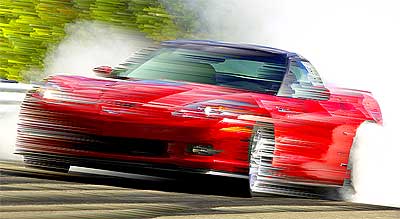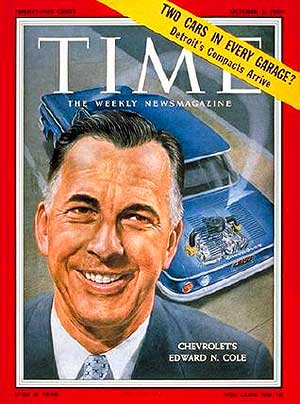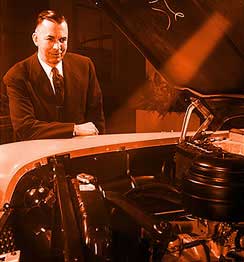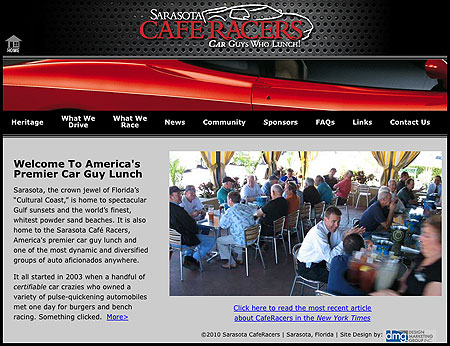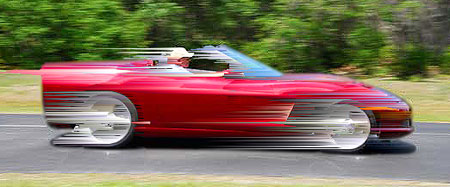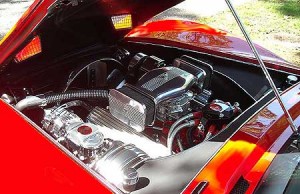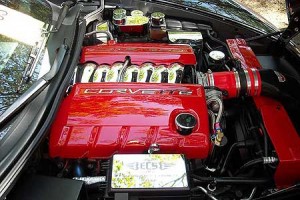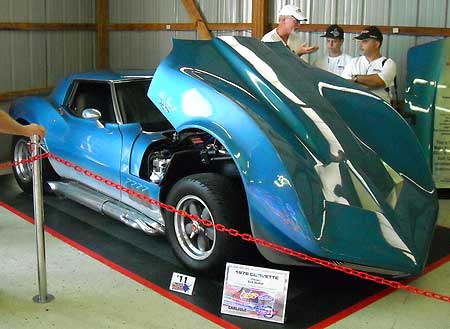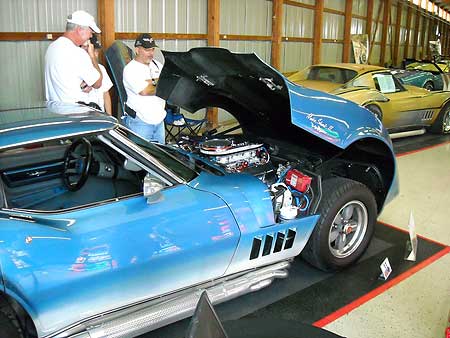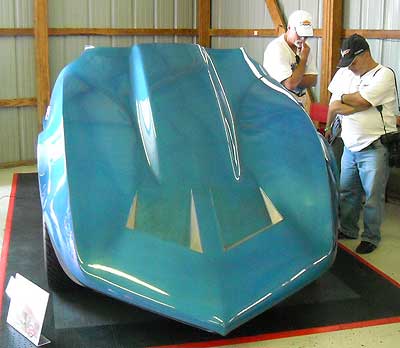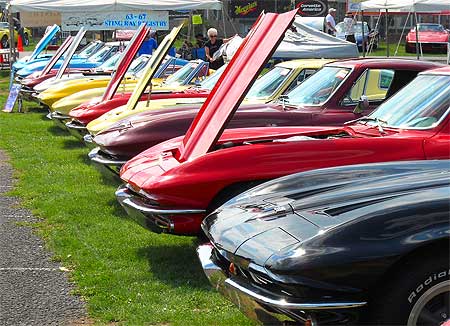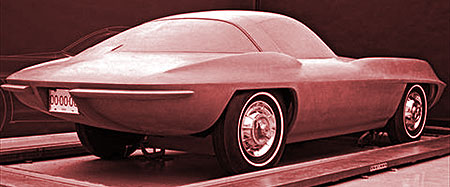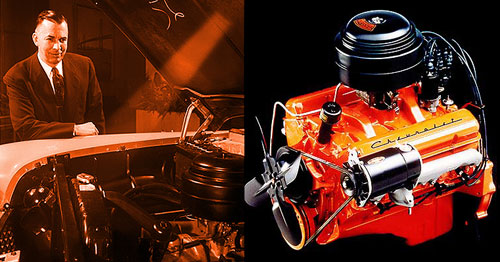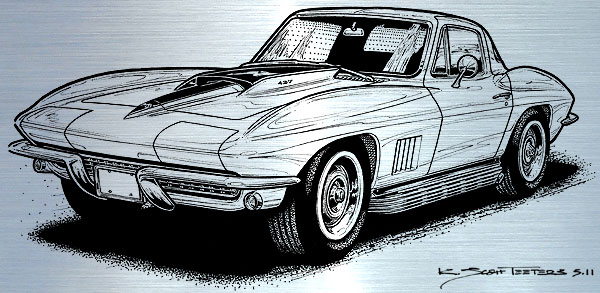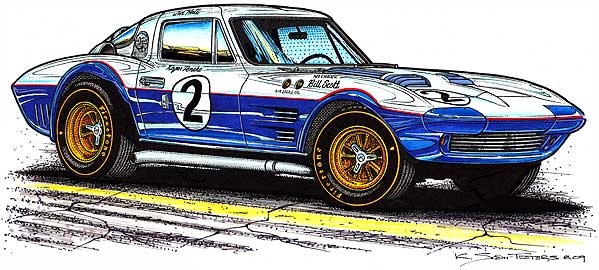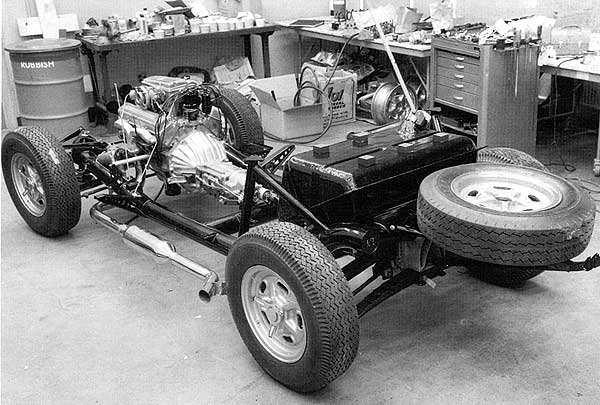Dateline: 10.10.11
Being the general manager of a GM division is hard work, but it sure had its perks!
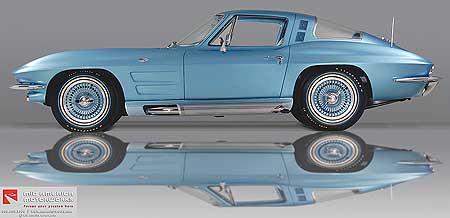
(Slide show at the bottom of this post)
Back on October 2, 2011 we told you about what would have been Semon “Bunkie” Knudsen’s 99th birthday. I don’t know if the GM Design Center still does customs, but back in the glory days, one of the perks of being an executive was that you could get a GM car built just for you. I don’t know if the executives actually “designed” their cars or if the GM Design Center guys just “had at it.” (Okay Mr. Knudsen, what color would you like?”) It’s an interesting and very overlooked part of GM’s history. What’s not overlooked is when these cars go on the auction block or are on display at shows.
Kundsen’s GM-customized ‘64 Corvette coupe is now part of Mike Yeager’s Mid America Motorworks “MY Garage” collection of cars, and will be on display at the Mid America booth (#24297) at the 2011 SEMA Show, November 1-4, 2011, in Vas Vegas. (Yes, you can sing a little “Viva Las Vegas” if you have to) Mid America is showing the Knudsen Corvette to showcase their ability to expertly replicate parts for specialty cars through their Performance Choice services.
The Knudsen 1964 Corvette Sting Ray Coupe is just drop dead gorgeous and includes the following special custom features:
* Fire Frost Blue Cadillac paint (same as John Mecum’s grand Sport) over a specially prepared body.
* 327/365 hp engine and original drive train.
* Custom hood with deeper vents. Continue reading “Bunkie’s Ride – Semon “Bunkie” Knudsen’s Factory Custom 1964 Corvette Sting Ray Coupe”

